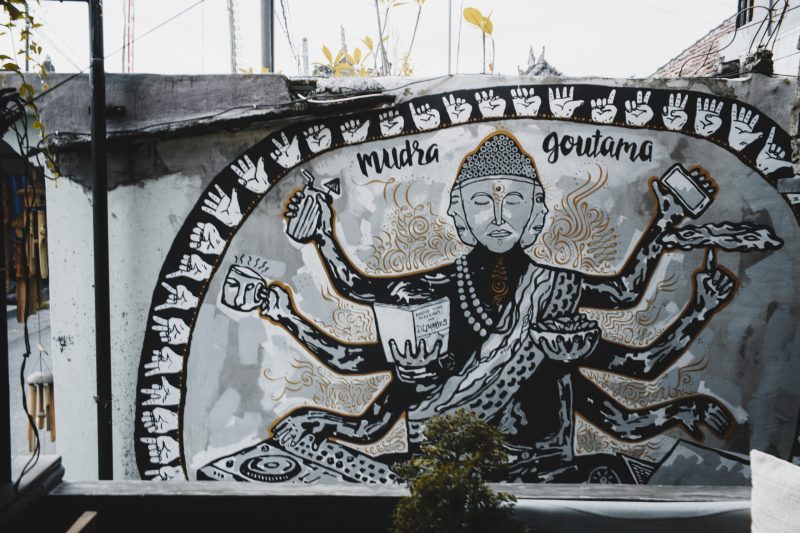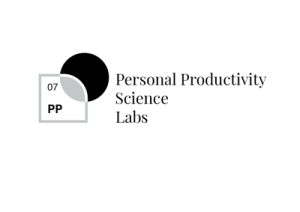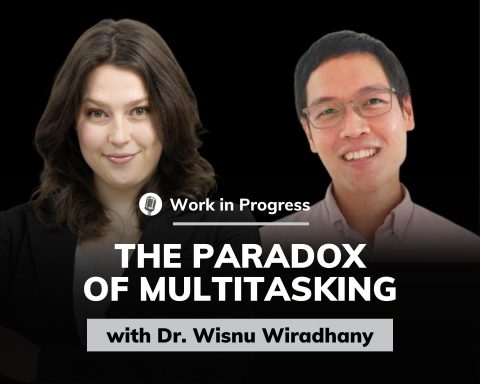Multitasking seems like a great idea when tackling your to-do lists, but in fact, it’s ruining your productivity. Have you ever noticed that when you check on emails while running a meeting, one has to be sacrificed for the sake of your attention focus?
But why do people multitask in the first place? According to Widrich, when people study with their books open, watch TV simultaneously, and text friends at the same time, they feel great fulfillment. They feel incredibly efficient in getting many things done at once.
A study proved that multitasking could reduce productivity by as much as 40%. Switching from task to task makes it difficult to tune out distractions, where you had to repeat a bit to find where you left off.
In the workplace setting, multitasking has been found to reduce job performance. The idea that workplace multitasking leads to a decline in productivity is triggered by an employee’s stress of being overworked. A person who is overworked may suffer in performance because the time pressure may prevent them from completing all the tasks.
A study by Cao et al. (2021) also discovered that conversation with coworkers is one of the most frequent multitasking behaviors in the workplace. People generally consider conversation as a simple activity without much need to focus.
Still not convinced that multitasking comes with its own set of disadvantages? This article will show you what science says about the disadvantages of multitasking and how to overcome them in the most efficient way.
Multitasking vs. Task-switching
Multitasking can be defined as conducting two or more tasks simultaneously. It is related to the human attention process — whether attention focus, dedication, distraction, switch, or split — where one’s preferences and priorities are being processed.
Given the human brain’s inability to focus attention on two or more tasks simultaneously, researchers believe that multitasked activities are eventually reduced to a set of sequential cognitive tasks.
Therefore, what differentiates multitasking from task-switching? Multitasking is attempting to do two or more things at the same time, while task-switching is swapping between tasks.
Consequently, both can lead to a cognitive bottleneck, which is the limited capacity at some specific stage of human information processing, where taking several tasks may decrease productivity.
In a study by KC (2014), initially, multitasking helps reduce working time, but only up to a certain threshold level. However, this situation significantly impacts the quality of work.
This aligns with the research by Spink et al. (2019) where multitasking was shown to have negative consequences by producing a delay in the performance of a principal task and increased errors. This idea views multitasking as task-switching, which causes inefficient performance because it takes mental effort to switch between cognitive tasks, and adversely affects a person’s ability to get work done efficiently and effectively.
Disadvantages of multitasking
While it may seem opposite to popular belief, people tend to work slower and less efficiently when multitasking. Multitasking leads to what experts call “task switch costs,” which are the adverse effects of switching from one task to another.
A survey shows that multitasking causes a temporary decrease in IQ points. It is a possibility since repeatedly switching tasks can overload the brain, provoking mental fatigue. A fatigued brain is less effective in doing particular work. Moreover, this mental work causes the brain to release cortisol, a stress hormone, and stress negatively impacts IQ.
Levitin, in his interview, also stated that multitasking creates a dopamine-addiction feedback loop, effectively rewarding the brain for losing focus and constantly searching for external stimulation. However, their results were much worse than that of people who did not multitask. People are not more productive –– they just feel more emotionally satisfied with their actions.
Overcoming multitasking
To ensure you’re not facing productivity drawbacks, here are some tips to overcome multitasking:
Set goals
Setting goals can help to prioritize things. Before starting a new task, take a few minutes to plan out the steps needed to complete something and in what order.
Make a to-do list
One of the most effective tips to break the habit of multitasking behavior is to make a to-do list. A scheduled list can be beneficial for you to get done that day, then order that list in terms of priority and work your way down it one at a time.
Monotask during your prime time
Always try to do the most challenging work during your most effective times — your prime time. In this case, focus on one task at a time in your effective time. Then leave the less urgent tasks to be done during the weaker moments during other hours of the day. Figure out when exactly you are most productive at work to help discipline the brain from wandering to other tasks so you can focus on that project that needs to be completed.
Set aside distractions
If you want to focus, you cannot allow anything else to invade your mental space. Try to eliminate distractions by creating the most efficient environment for focusing. These conditions train the brain to focus on the work and not on other distractions.
Schedule multiple breaks
Once in a while, get up from your desk and stretch up your body. Schedule multiple breaks to give you more clarity and renewed energy before returning to the task.
In conclusion
The most apparent reason that might compel anyone to multitask is to intensify their productivity by juggling between tasks. However, the evidence has shown that the disadvantages of multitasking are greater than the benefits. Try to work your way to get things done one at a time as a brand new habit.
If you would like to know more about multitasking, visit the Personal Productivity Science Labs. The lab uses research of the Institute for Life Management Science to produce courses, certifications, podcasts, videos, and other learning materials. Check out the Personal Productivity Science Labs today.
Photo by ROMAN ODINTSOV on Pexels




